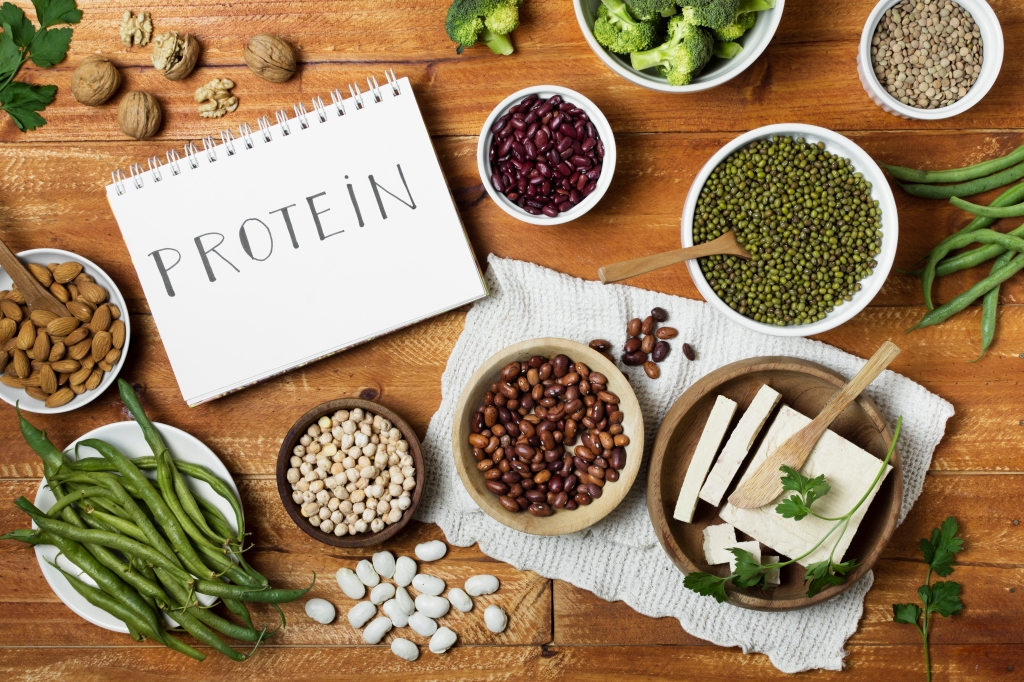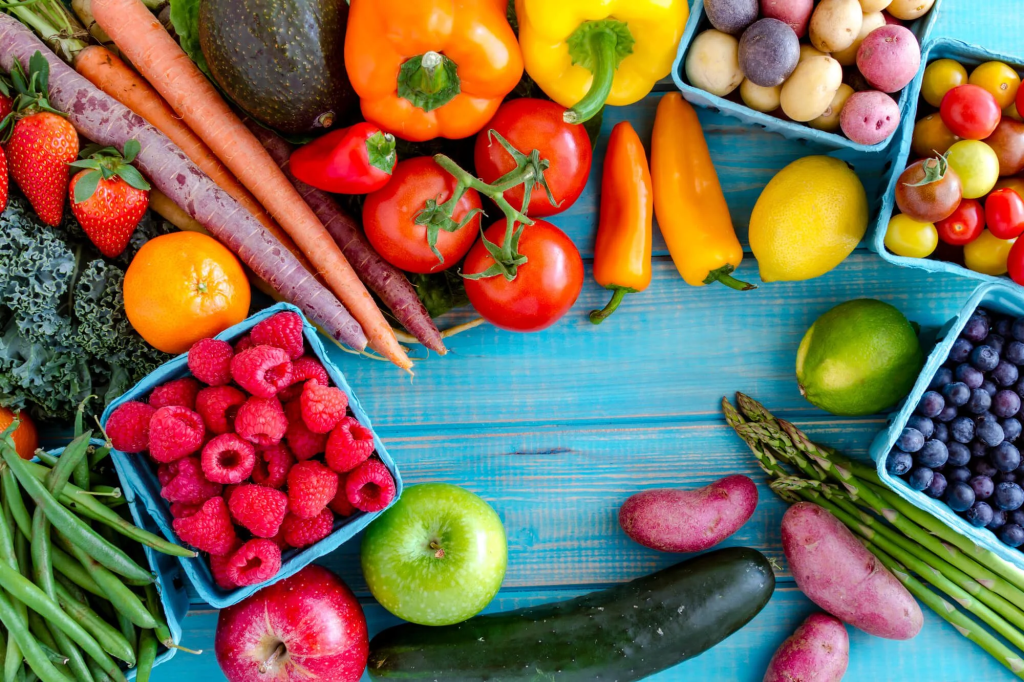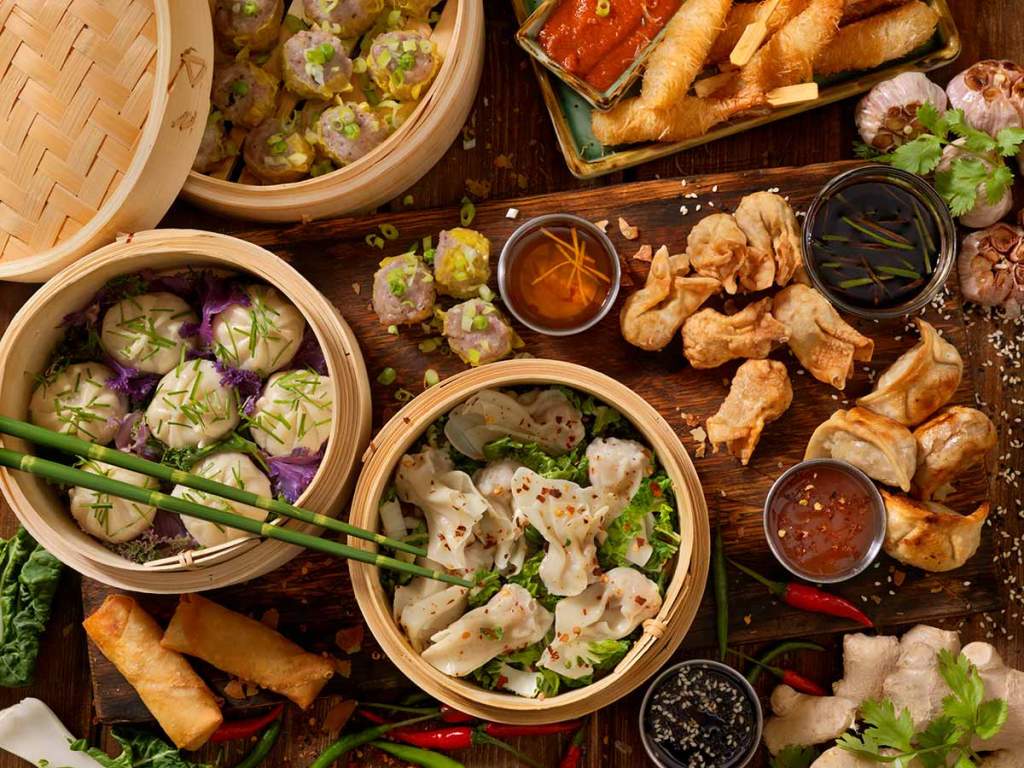So, you are considering starting a plant-based diet? Whether you are concerned about the environment or simply want to consume a little less meat, including plant-based food in your daily diet will have many benefits. Recently, plant-based goods have been flooding the market. Are you a newbie looking to try plant-based food for the first time? If yes, then read this blog and learn about it in detail.

What is a Plant-based Diet?
Before following the plant-based diet, you need to know what it is. A plant-based diet consists mostly of plant-derived foods such as fruits, vegetables, grains, legumes, nuts, and seeds. It eliminates or limits eating animal products such as meat, dairy, and eggs. Plant-based diets focus on complete, minimally processed foods and include a diverse range of nutrients, such as fiber, vitamins, minerals, and antioxidants. This dietary strategy has various health benefits, including a lower risk of chronic diseases like heart disease, diabetes, and certain malignancies.
Tips to Start a Plant-based Diet
Changing to a plant-based diet can be an important lifestyle change, so it is essential to approach it with patience and flexibility. Here are some tips to help you start your plant-based journey:
- Start Slowly
Start slowly incorporating more plant-based meals into your weekly routine. This will allow your taste buds and digestive system to adjust to the change over time.
- Experiment with New Foods
Explore various plant-based options, including fruits, vegetables, grains, and legumes. Trying new recipes and cooking methods can help you discover delicious plant-based meals that you enjoy. If you are new to a plant-based diet, check out Ang Chong Yi — list of Indian Vegan dishes you should never miss and try these recipes.
- Plan Ahead
Of course, meal planning is key to success on a plant-based diet. Take the time to plan your meals and snacks for the week, ensuring you have the necessary ingredients to avoid consuming convenience foods.
- Focus on Nutrient-Dense Foods
Include various nutrient-dense plant-based foods, such as leafy greens, berries, whole grains, and legumes. These foods provide necessary vitamins, minerals, and antioxidants to support overall health.
- Supplement as Needed
While a well-planned plant-based diet can provide most nutrients, consider supplementing with vitamin B12 or iron based on individual needs and health considerations.
- Seek Support
Surround yourself with a supportive community of friends, family, or online groups who can offer encouragement, share recipes, and guide you as you navigate your plant-based journey.
- Be Flexible
Remember that transitioning to a plant-based diet is a process, and it’s okay to have slip-ups or cravings for non-plant-based foods. Be kind to yourself and focus on progress rather than perfection, making adjustments as needed.
Final Words
Changing to a plant-based diet is a personal journey, and finding an approach that works best for you is important. With a little planning, experimentation, and patience, you can successfully incorporate more plant-based foods into your lifestyle and enjoy their many benefits. If you are a food lover, then take time to read Ang Chong Yi- Food Blogger and enjoy reading about his different food experiences.









